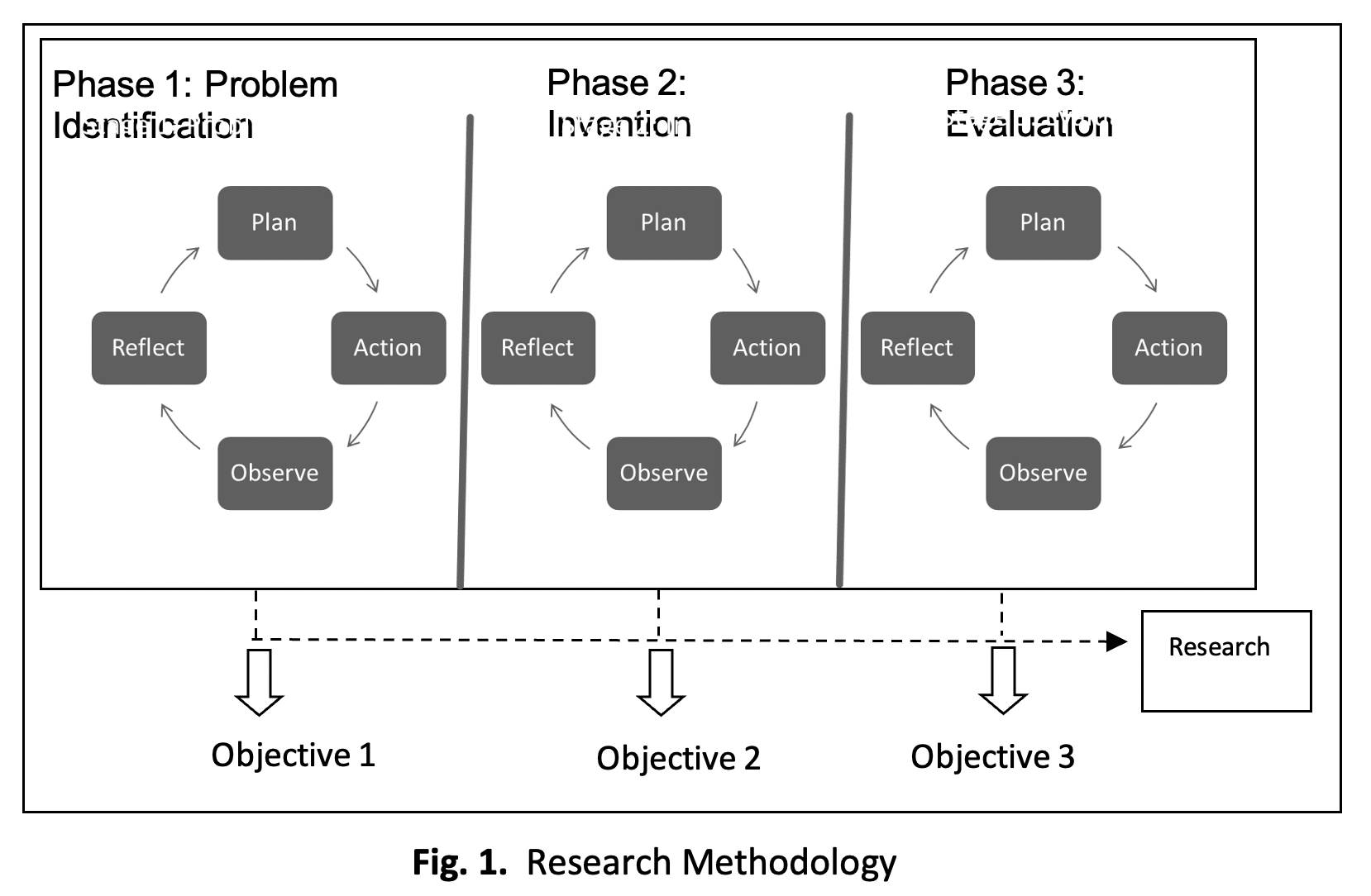The Impact of Web 2.0 Tools on Economics Education
DOI:
https://doi.org/10.37934/araset.28.3.287298Keywords:
Economics education, Web 2.0, effective teaching and learning, technology, educationAbstract
Economics education has been overly paired with traditional "chalk and talk" teaching methods. However, educators must shift the conventional teaching approach to more innovative teaching methods that allow students to engage more effectively in the learning process. This study attempts to evaluate the impact of Web 2.0 tools on students’ interaction and engagement in learning Principles of Economics course. The data on the lecturer's observation, together with the engagement and expectations of forty-four students in the Principles of Economic class were used in this study. This study adopted Gibbs Reflective Model in gathering and analyzing the data. The findings indicate that the application of Web 2.0 has increased the students’ engagement and performance in learning Principle of Economics and making teaching and learning more effective and interesting compared to traditional teaching method. The results imply that current Web 2.0 tools can be successfully integrated into Economics education.
Downloads




























